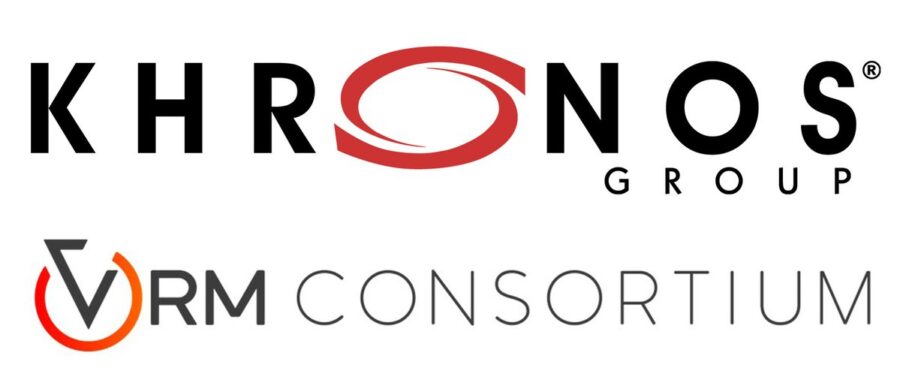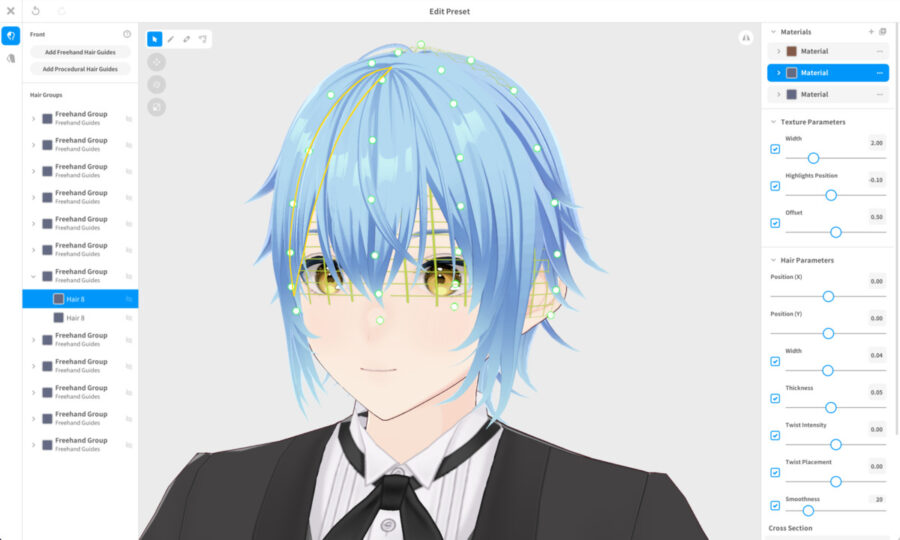
October 24, 2024 – The VRM Consortium, Inc., the creator and advocate of the VRM 3D avatar file format, and The Khronos Group, an open consortium of companies creating advanced interoperability standards for 3D graphics and XR, have today announced a collaboration to advance the international standardization of VRM.
What is VRM?
VRM, which is Based on the Khronos Group’s glTF 2.0 open standard, is a platform-independent 3D avatar standard designed for interoperability in the metaverse era.
What is gITF?
The glTF open standard itself is a royalty-free specification for the efficient transmission and loading of 3D scenes and models by engines and applications, developed by the Khronos Group.
Where is VRM used?
First released in Japan in 2018, VRM has supported diverse applications and services, including the metaverse communication service “VirtualCast,” 3D character creation software “VRoid Studio,” and the metaverse platform “cluster.” According to the companies, VRM has already become the de facto industry standard for avatar integration across platforms within Japan.
In January of this year, the VRM Consortium and The Khronos Group entered into a liaison agreement to further the adoption of VRM. Since then, the two parties have been actively sharing information related to glTF and VRM. Now, as a result of this latest collaboration, both parties will continue working together to develop the VRM and glTF formats as global open standards supporting interoperable 3D avatars.

What is the significance of gITF Ratified Extensions?
This includes proposing VRM functionality as official Khronos glTF extensions. glTF extensibility provides a mechanism to extend the core glTF format, with extensions ratified by Khronos often being widely adopted and included in future versions of the glTF core specification.
The Khronos Group stated that the successful ratification of VRM extensions would help to elevate recognition of VRM, both in Japan and the metaverse industry globally, encouraging broader service and platform support for VRM avatars.
Why is VRM ratification important?
Ratification by Khronos would also mark a significant milestone on the path to international standardization for VRM. glTF 2.0 is an ISO/IEC standard (ISO/IEC 12113:2022); VRM’s inclusion as Khronos glTF Ratified Extensions would open the door for VRM to gain international recognition as an ISO/IEC standard. Adoption by Khronos, and ultimately ISO/IEC, would help to ensure the long-term continuity and stability of VRM, enabling users, creators, and developers to use it with confidence.
Commenting on the collaboration, the organizations said: “Through the international standardization of VRM functionality in glTF, the VRM Consortium and Khronos are committed to encouraging metaverse interoperability and creating an environment that fosters greater progress for the global metaverse industry.”
For more information on the Khronos Group and its gITF open standard, as well as the Groups’ work to advance interoperability standards for XR, click here. To learn more about The VRM Consortium and its VRM 3D avatar file format, click here.
Image credit: Khronos Group / VRM Consortium / VRoid Studio
About the author
Sam is the Founder and Managing Editor of Auganix. With a background in research and report writing, he has been covering XR industry news for the past seven years.
